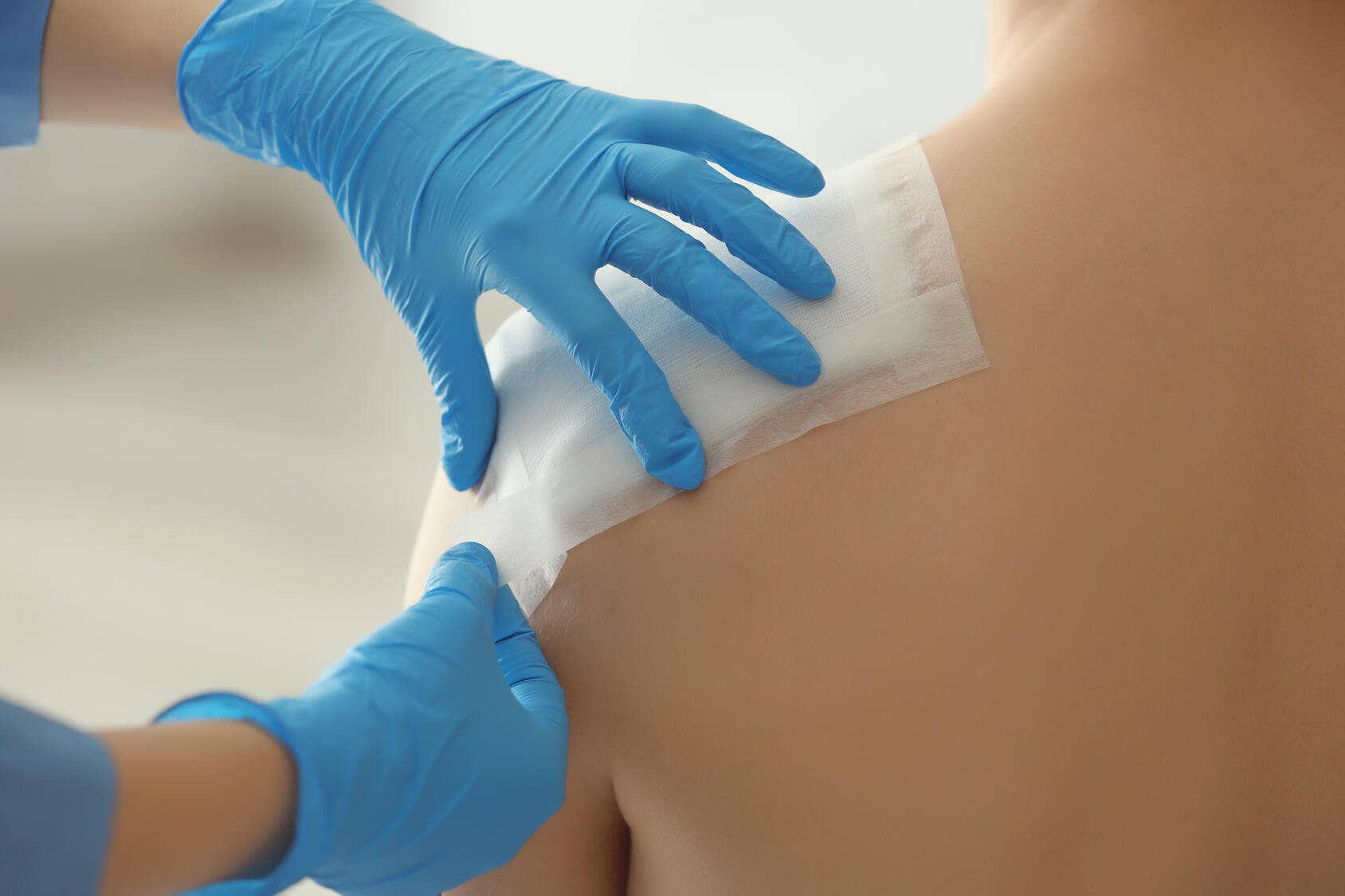Tips for Scar Management
- Apr 1, 2025
Scars are a natural part of the body’s healing process, forming when the skin repairs itself after an injury, surgery, or skin condition such as acne. While scars are permanent, proper care can help minimize their appearance and improve skin texture. Understanding how to treat both new and old scars can make a significant difference in their visibility over time.
Types of scars
Different types of scars require different management strategies. The main types include:
- Hypertrophic scars: Raised, red scars that stay within the boundary of the original wound.
- Keloid scars: Thick, raised scars that extend beyond the original wound site and may continue to grow.
- Atrophic scars: Sunken or pitted scars, often caused by acne or chickenpox.
- Contracture scars: Tight, restrictive scars that form after burns or deep skin damage.
Treating new scars
Early intervention can improve scar healing and reduce their long-term appearance.
Keeping the wound clean and moist
- Clean the wound daily with mild soap and water to prevent infection.
- Apply a petroleum-based ointment or silicone gel to keep the area hydrated and support healing.
- Cover the wound with a non-stick bandage to protect it from irritation.
Minimize inflammation and tension
- Avoid picking at scabs, as this can worsen scarring.
- Use adhesive strips or silicone sheets to keep the wound edges together and reduce tension on the skin.
- Protect the area from excessive sun exposure, as UV rays can darken scars and make them more noticeable.


Treating old scars
Older scars are more challenging to treat but can still improve with the right approach.
Topical treatments
- Silicone gel or sheets: Helps soften and flatten raised scars over time.
- Over-the-counter scar creams: Products containing onion extract or allantoin may reduce scar thickness and discoloration.
Professional treatments for scars
For more severe or persistent scars, medical treatments may be necessary:
- Laser therapy: Reduces redness and improves skin texture by promoting collagen remodeling.
- Microdermabrasion or chemical peels: Helps resurface the skin and smooth out atrophic scars.
- Corticosteroid injections: Reduces inflammation in hypertrophic and keloid scars.
- Surgical revision: Involves removing or repositioning the scar to make it less noticeable.
When to see a doctor
Consult a dermatologist if the scar is painful, itchy, or significantly affecting your confidence. A medical professional can recommend the best treatment plan based on the scar’s type, location, and age.
Scar management involves a combination of prevention, early treatment, or professional care. Whether dealing with a fresh wound or an old scar, options are available to improve skin appearance and texture.
*This article is intended for informational purposes only and should not be substituted for medical advice. For medical questions and advice, it is always best to consult with your trained physician.
Sources:
Mayo Foundation for Medical Education and Research. (2023b, July 13). Keloid Scar. Mayo Clinic. https://www.mayoclinic.org/diseases-conditions/keloid-scar/symptoms-causes/syc-20520901
Mustoe, T. A. (2020, December 8). International Scar Classification in 2019. Textbook on Scar Management: State of the Art Management and Emerging Technologies [Internet]. https://www.ncbi.nlm.nih.gov/books/NBK586057/
Samuel J. Lin, M. & E. S. (2022, June 9). Scar treatment 101: What are the first steps? American Society of Plastic Surgeons. https://www.plasticsurgery.org/news/blog/scar-treatment-101-what-are-the-first-steps
Scars: Diagnosis and treatment. American Academy of Dermatology. (n.d.). https://www.aad.org/public/diseases/a-z/scars-treatment














